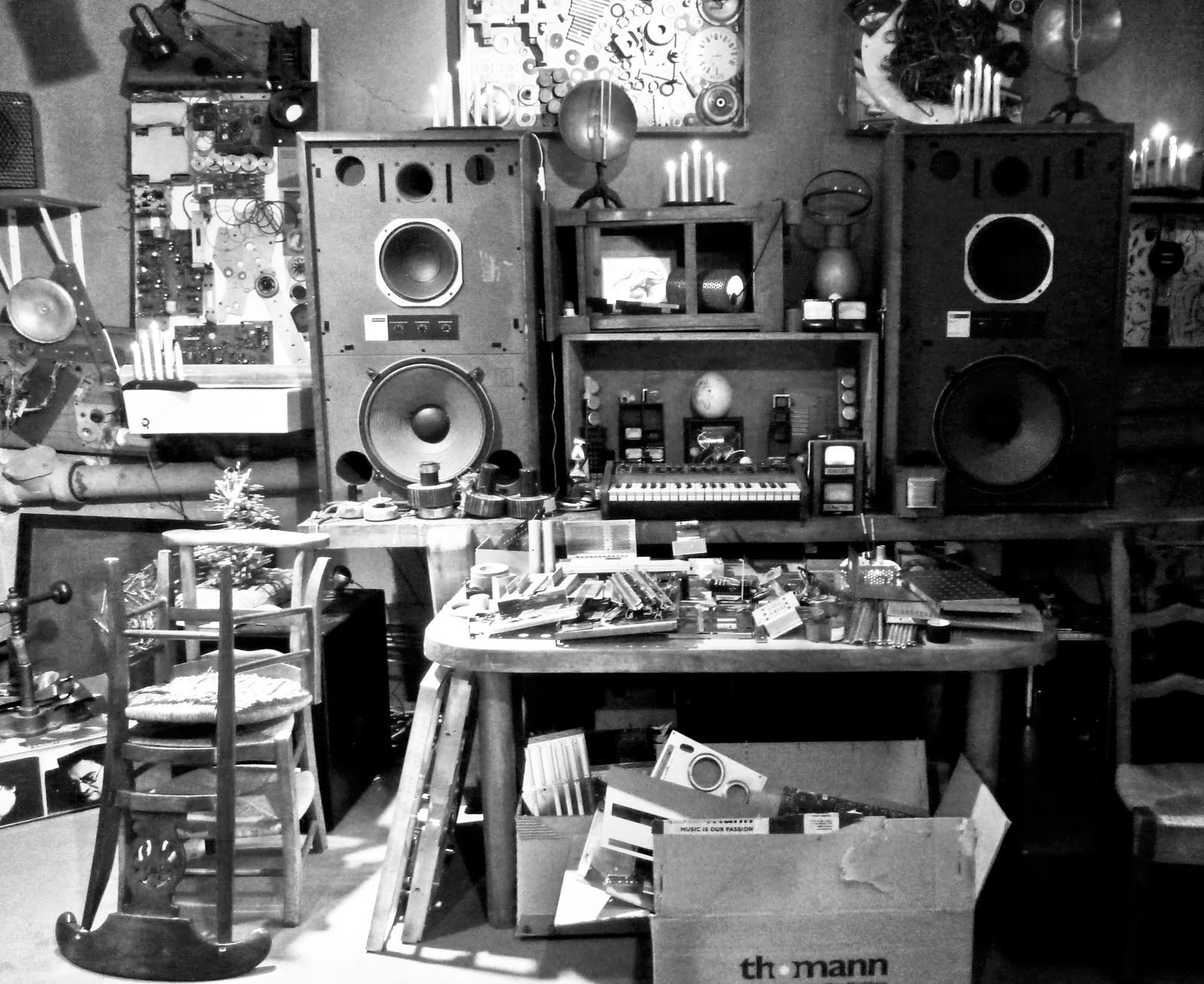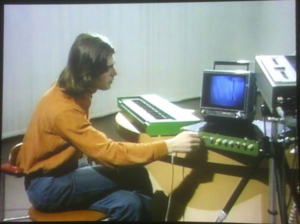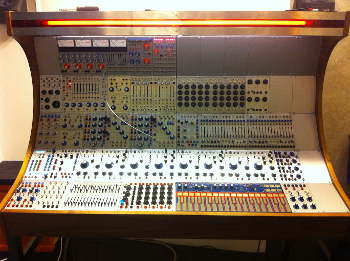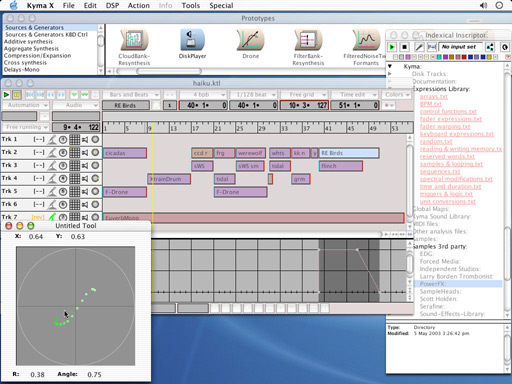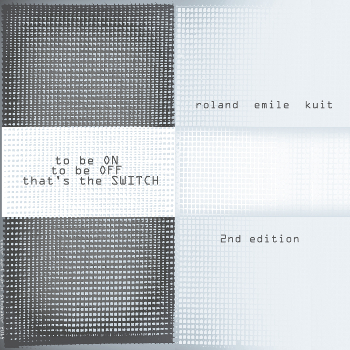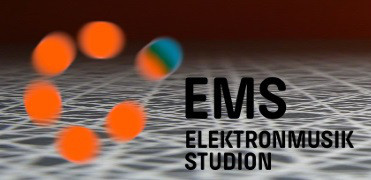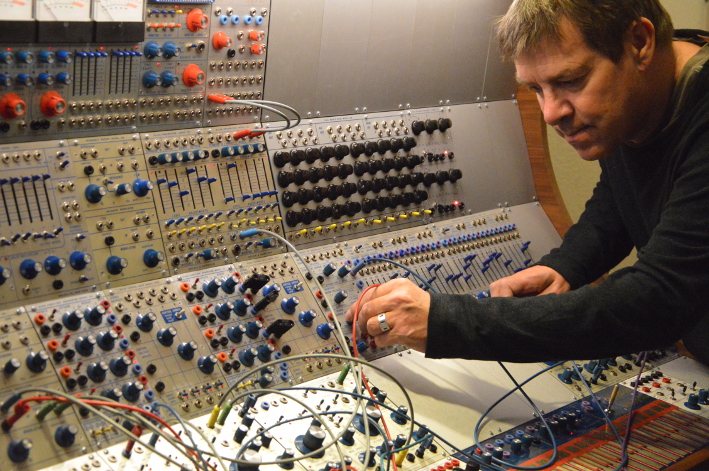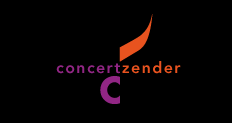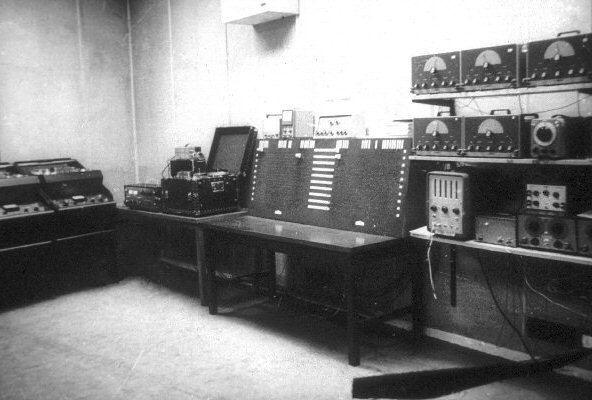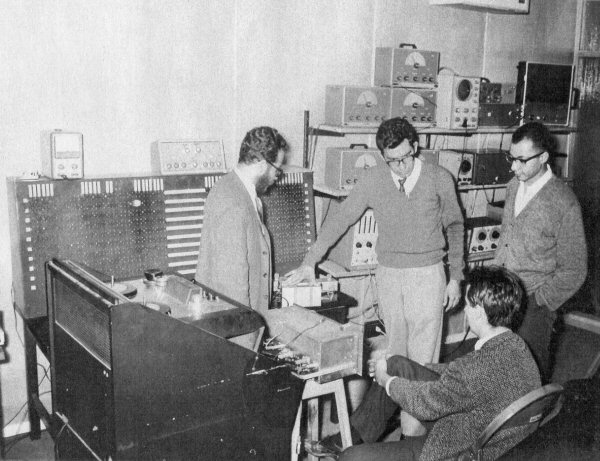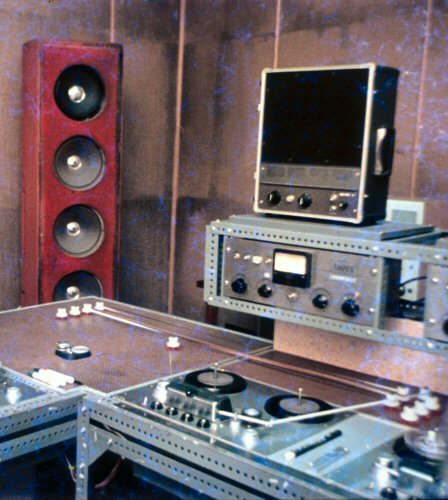Gottfried Michael Koenig
Some Wiki:
From 1954 to 1964 Koenig worked in the electronic studio of West German Radio (WDR) producing his electronic compositions Klangfiguren, Essay and Terminus 1 and wrote orchestral and chamber music. Furthermore he assisted other composers, including Mauricio Kagel, Franco Evangelisti, György Ligeti, Herbert Brün and Karlheinz Stockhausen (with the realization of Kontakte and Gesang der Jünglinge).
From 1961 to 1965 Koenig taught at the Gaudeamus Foundation in Bilthoven, and from 1962 to 1964 at the Hochschule für Musik Köln. In 1964 Koenig moved to the Netherlands, where he taught at the University of Utrecht and was, until 1986, director and later chairman of the electronic music studio, which became the Institute of Sonology (Frobenius 2001). Here he developed his computer composition programs Project 1 (1964) and Project 2 (1966), designed to formalise the composition of musical structure-variants. Both programs had a significant impact on the further development of algorithmic composition systems. Among his notable students are Mario Bertoncini, Konrad Boehmer, Karl Gottfried Brunotte, Johannes Fritsch, Annea Lockwood, Tomás Marco, Pierre Mariétan, Zoltán Pongrácz, Atli Heimir Sveinsson, Miguel Ángel Coria, and Jan Vriend.
His sound synthesis program SSP (started 1971) is based on the representation of sound as a sequence of amplitudes in time. It makes use of the methods of aleatoric and groupwise selection of elements employed in Project 1 and Project 2. He continued to produce electronic works (Terminus 2, the Funktionen series). These were followed by the application of his computer programs, resulting in chamber music (Übung for piano, the Segmente series, 3 ASKO Pieces, String Quartet 1987, String Trio) and works for orchestra (Beitrag, Concerti e Corali). 6 volumes of his theoretical writings were published between 1991 and 2008 under the title Ästhetische Praxis by Pfau Verlag; an Italian selection appeared under the title Genesi e forma (Semar, Rome 1995).
"Funktion Grau", 1969:
http://youtu.be/H1XBUbxddy4
 . wiki
. wiki